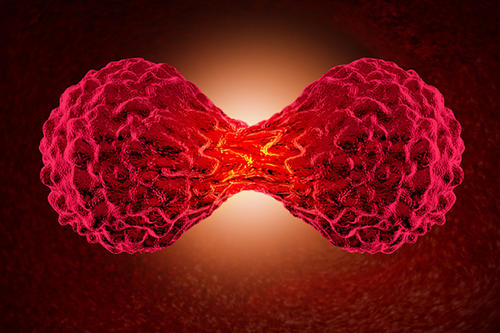
When a cell divides, it goes through a precisely choreographed ballet.
First, each chromosome makes a copy of itself. The copies, held together in pairs, line up. During division the pairs separate into the two daughter cells, each of which gets one copy of every chromosome.
But if any chromosomes fail to line up properly, the daughter cells end up with too many or too few chromosomes. This condition, called aneuploidy, often occurs in cancer development.
Now, researchers at the University of Minnesota’s Hormel Institute have discovered a signaling mechanism that alerts cells when they are headed for aneuploidy. The process climaxes with the defective daughter cells self-destructing.
The discovery will be invaluable in finding means of healing the aneuploidy detection process when it is defective.
- Categories:
- Science and Technology





